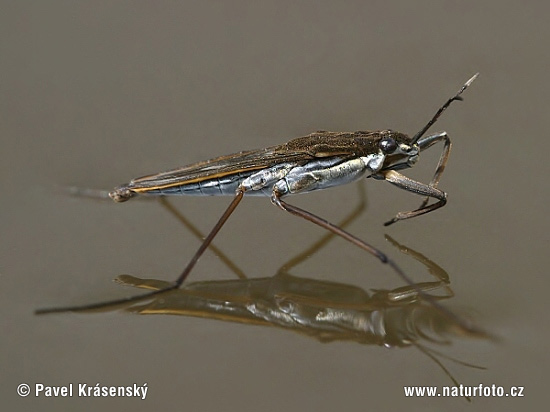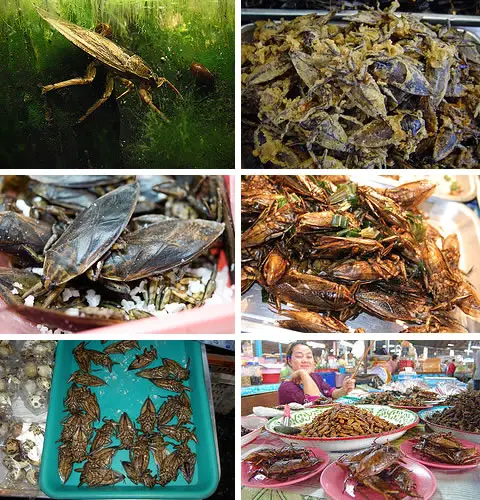Say hello to the water flea or known in research circles as Daphnia pulex. The near microscopic water flea is the most complex organism, at least genetically. One of the basic reasons of its complexity lies in the number of genes it has – 30,907; more than any animal examined so far. (Humans have about 23,000 to 25,000 genes.)
But a genome research project conducted by 67 researchers and ten years in the making has unraveled other secrets that show how the tiny ‘insignificant’ water flea could help us understand ecological change and evolution caused by environmental mutation.
The water flea has a few unique characteristics. It is not exactly a flea but a filter feeder and a crustacean that can live in low-oxygen environments. It has a remarkable ability to alter its appearance and internal physiology in response to environmental changes. It senses chemicals in the water given off by predators such as fish and starts growing defenses, including long tail spines, a pointy helmet, and tooth-like neck spikes.
The large number of genes is caused by a form of gene overload: the organism doesn’t dump old genes as fast as others, it has a large batch of exclusive genes, and it has duplicate copies of these genes.
The scientists used cutting-edge technique to find out that these genes behave in definite ways when subjected to environmental stresses. They are extremely eco-responsive. Duplicate copies of the genes take on new functions when environmental factors change.
Research author John Colbourne of Indiana University said –
“It’s almost as if the Daphnia genome is like a Swiss Army knife. They’re all knives, they all cut, but each is a particular shape well-suited for the task.”
This is where there importance as an environmental tester comes in.
“Consider the basic fact that there are roughly 80,000 man-made chemicals in our environment right now. Less than 10 percent are subject to toxicological testing. That means for the vast majority of our chemical environment we have no idea what it’s doing to animal populations, and we have no idea what happens to human health.”
The way these organisms reproduce (sexually and asexually) and the eggs ability to remain dormant with viable DNA, makes them interesting subjects for evolutionary studies too. But it is in its genetic constitution that the world has found a valuable environmental tool.
Water Bug
Water Bug
Water Bug
Water Bug
Water Bug
Water Bug
Water Bug
Water Bug
Water Bug
Water Bug
Water Bug
When Water Bugs Attack
Killer Water Bug










I was wondering if I could get permission to use one of these photos in my chemistry lecture to show an example of surface tension.
ReplyDelete